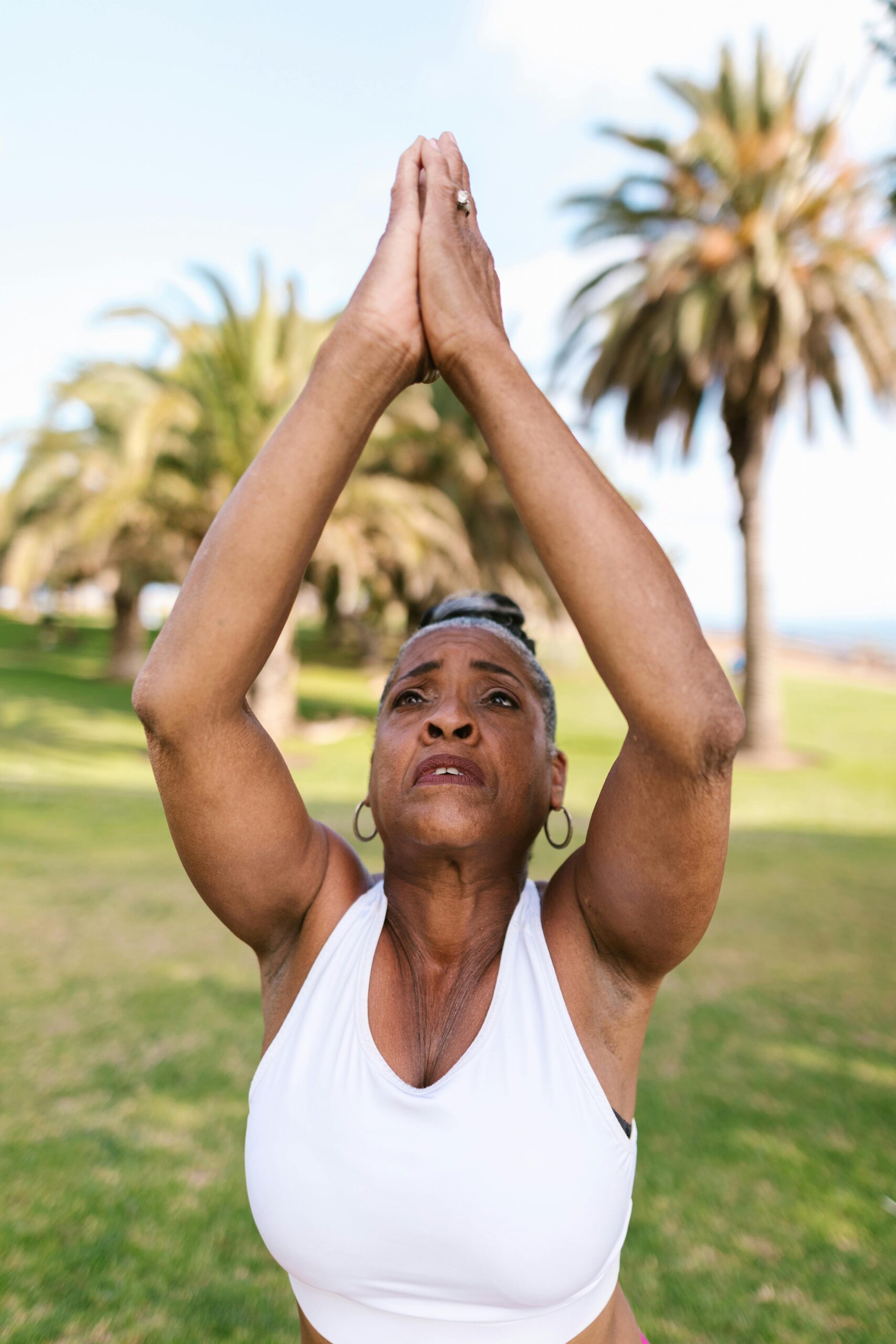Hiking is a fantastic way for seniors to stay active, explore the beauty of nature, and enjoy a sense of accomplishment. However, as we age, maintaining flexibility, strength, and balance becomes essential for preventing injury and enhancing overall trail performance. Incorporating gentle stretches and exercises into your routine can help you stay limber, reduce joint strain, and keep you hiking comfortably for years to come.
Here’s a simple guide to the best stretches and exercises designed specifically for senior hikers.
Why Stretching Matters for Senior Hikers
As we age, muscles lose elasticity, and joints may stiffen, which can limit mobility and increase the risk of injury. Regular stretching improves:
- Flexibility – Helps with reaching, climbing, and navigating uneven terrain.
- Balance – Reduces the likelihood of falls on rocky or slippery trails.
- Endurance – Keeps muscles from fatiguing too quickly.
- Recovery – Minimizes post-hike soreness and stiffness.
Pre-Hike Warm-Up Stretches
Perform these stretches before hitting the trail to prepare your muscles and joints. Aim for 5-10 minutes of stretching to loosen up.
1. Standing Calf Stretch
- Why: Prevents tight calves and Achilles strain on inclines.
- How: Stand facing a tree or rock, place your hands against it, and step one foot back. Keep your back leg straight and bend the front knee until you feel a stretch in the calf. Hold for 20-30 seconds per leg.
2. Quad Stretch
- Why: Loosens tight thigh muscles, aiding knee mobility.
- How: Stand tall and bend one leg behind you, grabbing your ankle. Pull your foot towards your glutes while keeping your knees close together. Hold for 20-30 seconds on each side.
3. Side-to-Side Hip Stretch
- Why: Opens the hips and improves balance.
- How: Stand with feet shoulder-width apart. Shift your weight to one side while bending the knee slightly. Hold and feel the stretch in the opposite inner thigh. Repeat on the other side for 20 seconds.
4. Shoulder and Chest Stretch
- Why: Enhances upper body mobility for using trekking poles.
- How: Clasp your hands behind your back and gently pull them down, opening your chest. Hold for 20-30 seconds.
Post-Hike Cool Down Stretches
Stretching after a hike reduces muscle stiffness and promotes recovery.
5. Hamstring Stretch
- Why: Relieves tension in the back of the legs.
- How: Sit on a rock or bench, extend one leg straight, and reach for your toes while keeping your back flat. Hold for 30 seconds per leg.
6. Seated Spinal Twist
- Why: Improves spinal mobility and eases lower back tension.
- How: Sit cross-legged, place one hand on the opposite knee, and twist your torso to the side. Hold for 20-30 seconds on each side.
Simple Exercises to Build Strength and Stability
Strength exercises help senior hikers handle uneven terrain and carry backpacks without strain. Perform these exercises 2-3 times a week to build endurance and balance.
1. Chair Squats
- Why: Strengthens legs and improves stability.
- How: Stand in front of a chair, lower yourself down slowly until your glutes touch the edge, then rise back up. Perform 10-15 reps.
2. Heel Raises
- Why: Strengthens calves and improves balance.
- How: Stand on a flat surface and slowly rise onto your toes, hold for a second, then lower down. Repeat 15 times.
3. Step-Ups
- Why: Mimics uphill hiking and boosts leg strength.
- How: Use a sturdy bench or step. Step up with one foot, followed by the other, then step down. Perform 10 reps per leg.
4. Arm Raises with Light Weights
- Why: Strengthens shoulders and arms for better trekking pole use.
- How: Hold light weights (or water bottles) at your sides, raise your arms forward to shoulder height, and lower them slowly. Repeat 10-12 times.
Balance Exercises for Trail Confidence
1. Single-Leg Stand
- Why: Improves stability and balance.
- How: Stand on one foot while holding onto a tree or railing for support. Hold for 20 seconds per leg. Gradually increase the time as your balance improves.
2. Tandem Walk
- Why: Simulates walking on narrow paths.
- How: Walk in a straight line, placing the heel of one foot directly in front of the toes of the other. Walk 10-15 steps forward and backward.
Tips for Safe Hiking
- Take Breaks – Stop regularly to rest and hydrate.
- Use Trekking Poles – Reduces strain on knees and improves balance.
- Know Your Limits – Choose trails that match your fitness level and gradually build up to more challenging hikes.
- Stay Hydrated – Bring plenty of water and sip frequently.
- Listen to Your Body – Stop if you feel pain or discomfort.
Conclusion
Gentle stretches and strengthening exercises can significantly enhance the hiking experience for seniors, allowing you to explore the outdoors comfortably and safely. With a consistent routine, you’ll find yourself more confident on the trail, enjoying the mental and physical benefits of hiking at any age.
Ready to hit the trails? Start incorporating these stretches into your daily routine and feel the difference the next time you venture outdoors!




Leave a Reply